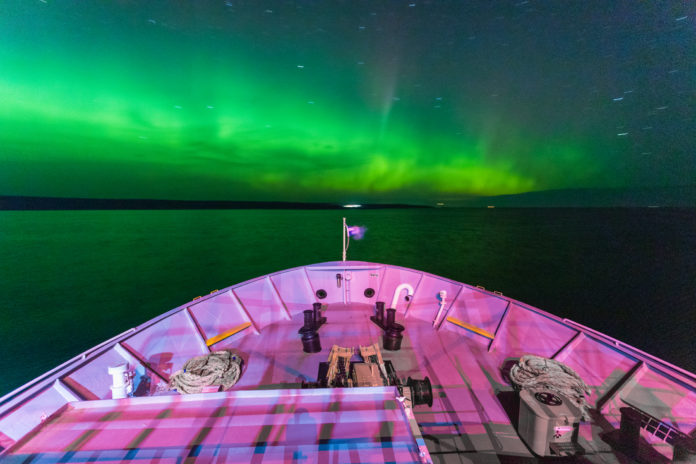

The fields of art and science are often considered to be on different sides of the academic spectrum, but the UNB Art Centre is combining them for its upcoming bilingual exhibition on the Subway canyons in Quebec’s St. Lawrence Estuary.
The exhibit, open from Jan. 20 to Feb. 10, will allow people to explore the canyons through poetry, photography, charts and scientific visualization.
The experience is unique, as the over 10,000-year-old canyons are normally invisible to the human eye.
Marie Maltais, director of the UNB Art Centre, said the creation of the exhibit was a long time in the making.
“It takes over a year to plan and do the work.,” Maltais said.
“It’s a visualization of the work that goes on at UNB.”
Creating this exhibit was a “huge collaborative effort” and took many teams in different fields from New Brunswick, Nova Scotia and Quebec. Maltais said artists and scientists understand one another through their curiosity and share a common respect for the world that’s out there.
“Once you understand each other’s language, ideas and creativity come from the same source,” she said.
“Art and science are not that far off from one another. They’re just different forms of inquiry.”
Geo-investigator Audrey Limoges, part of the UNB Earth Sciences department, said she works just as creatively as an artist when out in her field, whether that is through showing trends in data or imagining the invisible phytoplankton she is working with.
“There are no definite limits to science and arts. They are interlinked,” Limoges said.
“When we created the project, it wasn’t separate. The art was included in the initial scientific project and vice-versa. We worked all together from the beginning.”
She and her team’s work in the exhibition shows the connectivity between geological, oceanographic and biological processes in the Subway canyons.
Much of the scientific work done by Limoges and her 20-student team is shown through photographs of them on boats and ships.
The photos in this exhibit were captured by Quebec nature and wildlife photographer Jean-Christophe Lemay, who has been a photographer since September 2019.
He said that there is beauty found at the St. Lawrence Estuary, like the sunsets on the water, the underwater wildlife, and the winter storms that bring waves, winds and high tides.
“Being able to photograph [the scientists] on the field helps building the bridge between the scientists and the general public, which is so important,” Lemay said.
“ I hope the audience gets a different perspective on how science, poetry and photography can come together as one.”
